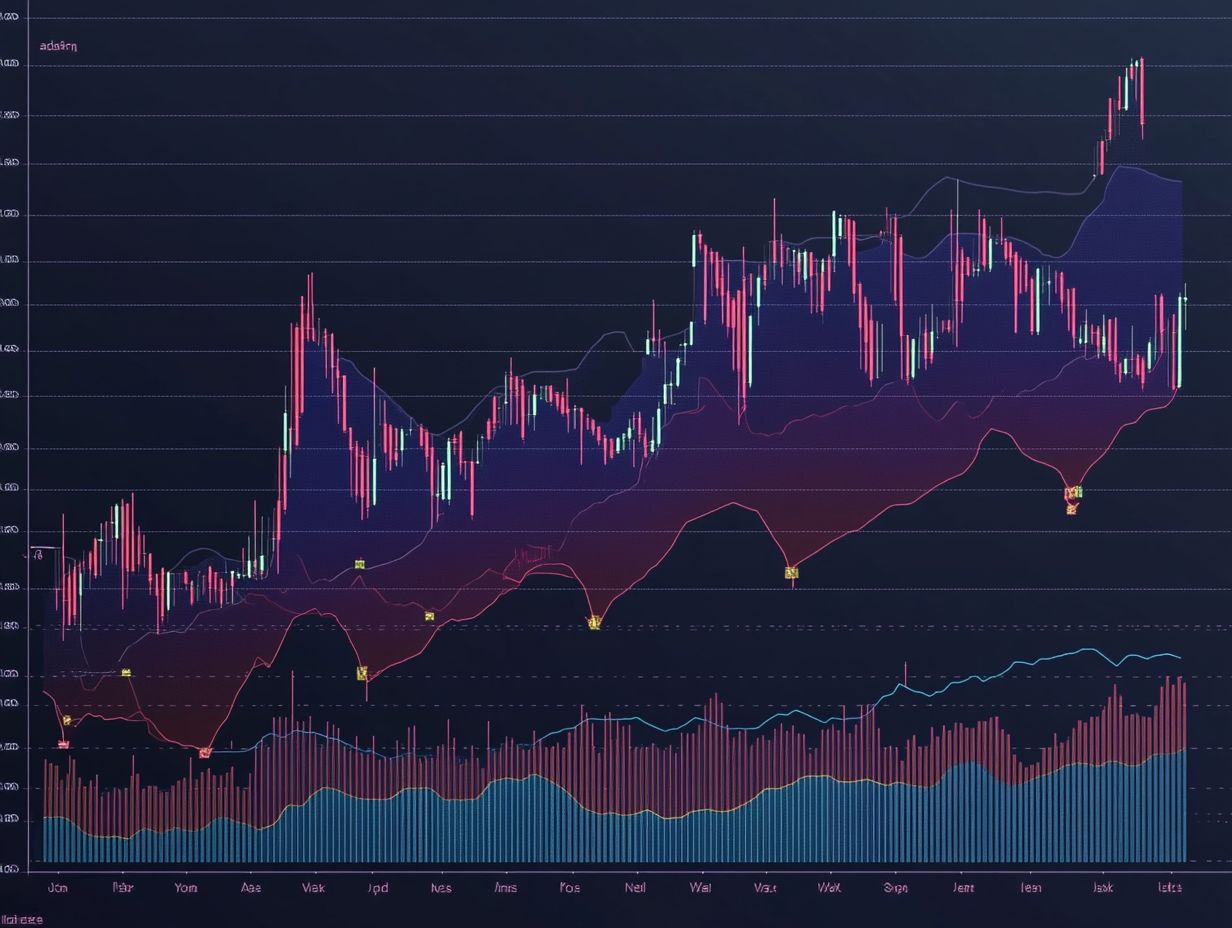
A Quick Introduction to Weekly Credit Spreads
- A credit spread is created when you sell one option while simultaneously buying another option at a different strike price
- The two best weekly credit spread strategies are created using calls and puts.
- Weekly credit spreads are ideal for investors who want steady, short-term income while keeping risk manageable.
If you are looking for a fresh way to generate consistent income from options trading while keeping your risk defined, weekly credit spreads might be a strategy to help you build your portfolio. Credit spreads allow investors to profit from time decay while taking advantage of price action without needing to predict big swings.
To start, a credit spread is created when you sell one option while simultaneously buying another option at a different strike price. This setup creates a defined risk-reward setup where you collect premium upfront (income) but also limit potential losses.
Weekly credit spreads are an excellent way to grow a small account while offering protection. Some of the rewards of trading weekly credit spreads include:
Consistent Income – Weekly credit spreads allow investors to collect a premium from options that expire weekly, typically the upcoming Friday, while offering frequent opportunities to generate returns.
Limited Risk – Unlike naked options, which are extremely risky, your losses with weekly credit spreads are capped since you buy another option to hedge the position.
Protection – Naked options selling involves selling an option without owning the underlying asset. While this strategy can be very lucrative, it also has unlimited loss potential. Credit spreads limit risk by hedging the naked short position and also lower margin requirements.
High Probability of Success – Selling out-of-the-money (OTM) spreads gives you a statistical edge by collecting premium from options that expire worthless.
Short Holding Period – Weekly credit spreads allow for faster profits as an investor isn’t tied up in long-term positions.
Lower Capital Requirement – Compared to buying options outright, weekly credit spreads require less capital while still offering solid returns. You can trade credit spreads with as little as $500 in your account.
Of course, no investment is 100% risk-free as weekly credit spreads can produce losses. Some of the risks of trading weekly credit spreads include:
Risk-Reward Tradeoff – Weekly credit spreads often have a higher max risk than max reward (risking $400 to make $100). However, getting a 25% return in 3-5 days is what makes weekly credit spreads enticing.
Assignment Risk – If the short option, or the option sold, finishes in-the-money, an investor may be assigned the stock. However, this can be managed when a position moves against the investor by closing the trade early, rolling the spread out to a later date, or by legging out of the spread. This would involve closing the losing short option first, while keeping the long option open to potentially profit if the stock moved back in the investors favor.
Fast Moving Losses – If the stock moves against the position, the weekly spread can lose value quickly. This can also be managed by using technical analysis, but the loss will still be capped no matter how far the position moves against you.
An investor can also use a stop loss at twice the premium collected. In other words, exit or buy back the weekly credit spread if the loss reaches 2x the credit received. Additionally, investor should avoid trading through major news events such as earnings, economic news cycles, and Fed events.
The two best weekly credit spread strategies are created using calls and puts. A put credit spread is created if an investor is bullish on a stock or index and expects the stock to stay above a support level. A call credit spread is created if an investor is bearish on a stock or index and expects the stock to stay below a resistance level.
In theory, weekly put credit spreads work best in choppy or rising markets, while weekly call credit spreads work best in sideways or falling markets. This is why it is also important to keep track of the overall market environment.
Weekly credit spreads are ideal for investors who want steady, short-term income while keeping risk manageable. However, success requires discipline, risk management, and an understanding of market trends.
___________________________________________________________________________________
FRIDAY’S Moment of Truth — 9 Profit Pyramid Trades Exposed
On Wednesday February 12th, nine trade ideas were revealed to members…
All with the potential to deliver at each level of the supposed ‘profit pyramid’…
Well this is where the ‘rubber meets the road’…
In a special session we’ll reveal how the nine alerts are doing – good, bad or ugly. And most importantly, if there’s any profit left on the table. Heck, you can probably use each of these trade ideas for the rest of your life… as long as you know how to assemble them with the age old profit pyramid system.
Go here to grab your spot and see the trades revealed.
(and get access to the replay if you can’t make it live!)